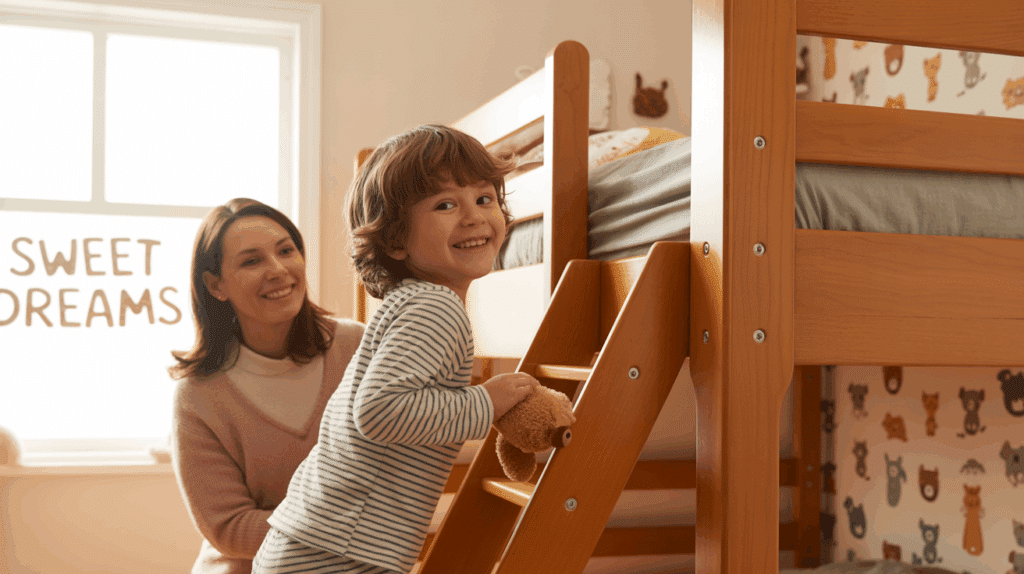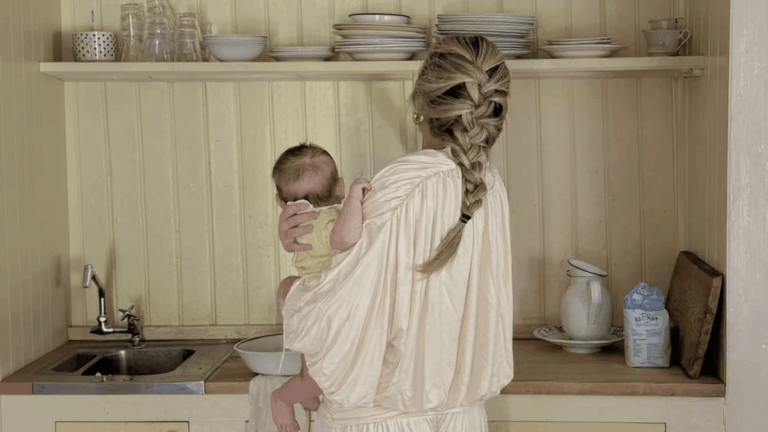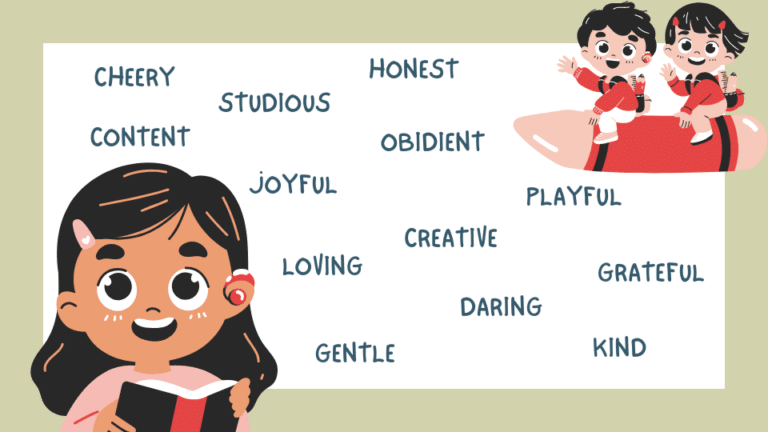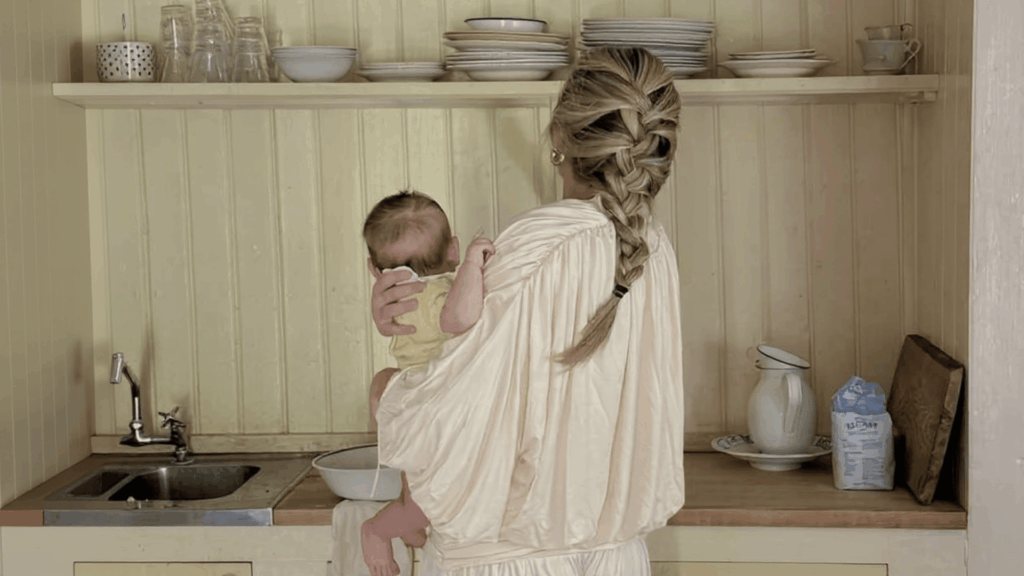Is your child begging for a bunk bed? As a parent, you might feel torn between their excitement and your safety concerns.
The leap from crib to bunk isn’t small, and many parents wonder what age is appropriate for bunk beds. Kids love the fun of sleeping up high, but not every child is ready for this big step.
This blog will walk you through when kids should use the top and bottom bunks, signs of readiness, safety tips, and how bunks compare to regular beds.
Let’s help your child sleep well while giving you peace of mind!
Transitioning from Crib to Bunk Bed
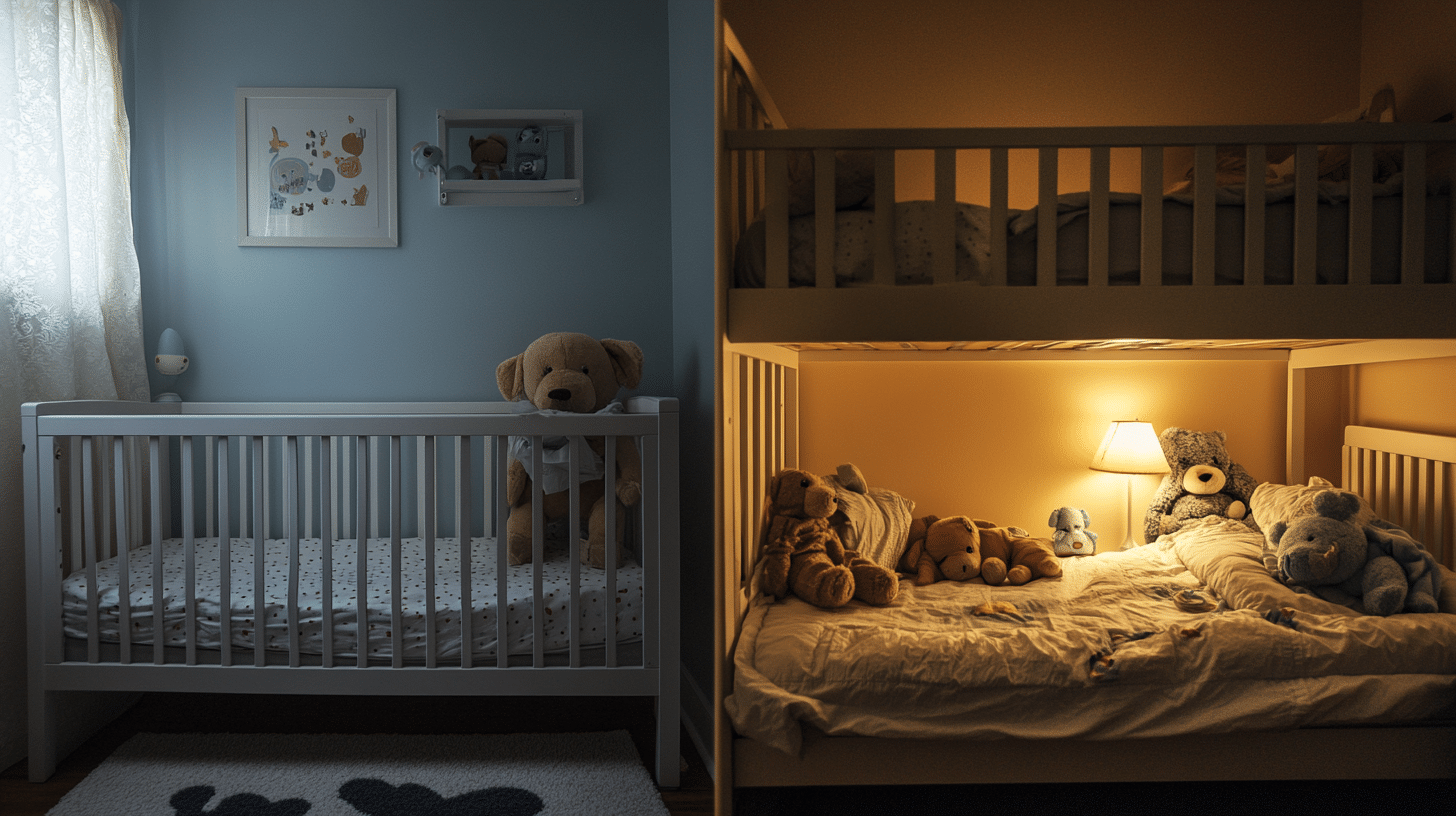
Moving from a crib to a bed is a big step for little ones.
Most kids switch between 18 months and 3 years old. But for bunk beds, most safety groups recommend waiting until age 6 for the top bunk.
To make the move smoothly, start with the bottom bunk first since it’s closer to the ground and feels safer. Use guardrails on both sides and pick a time when no other big changes are happening in your child’s life.
Let your child help pick bedding to build excitement. Stick to the same bedtime routine you used with the crib, and be patient with midnight wandering, as it’s normal at first.
What Age is Appropriate for Bunk Beds?
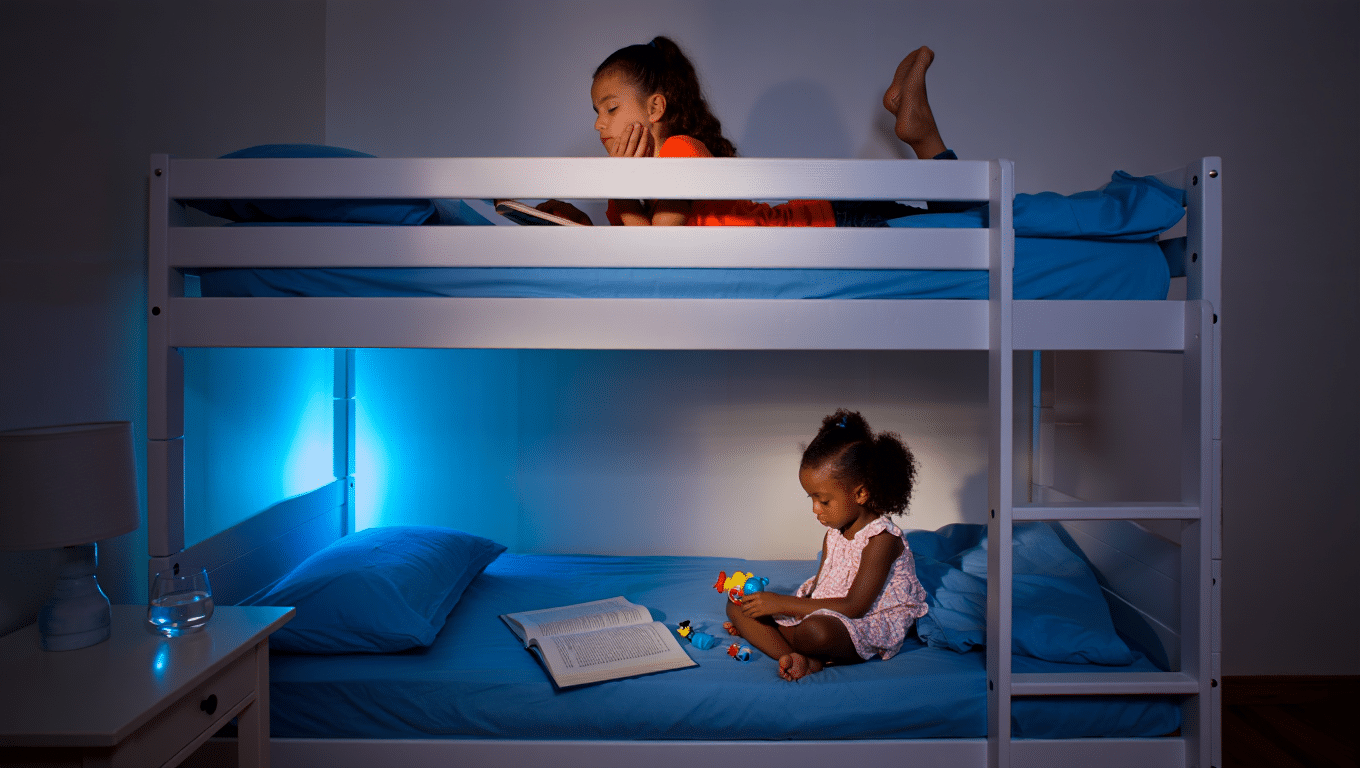
When considering the common question of whether bunk beds are appropriate, safety must be the top factor. Each level has different guidelines to keep kids safe and happy.
Upper Bunk Guidelines
Moving to the top bunk marks an exciting step for kids.
Most experts recommend that children be at least 6 years old before they sleep at a higher level.
This age guideline exists because younger children often lack the needed body control and good judgment for safe use.
- Sleep Habits: Children who sleep soundly do best on top bunks. Kids who move a lot during sleep or sleepwalk face higher risks of falls.
- Physical Skills: Your child should climb ladders with ease. They need to go up and down without help and show confidence in their climbing ability.
The right age varies per child, as some 6-year-olds may not be ready, while some 7-8-year-olds might still need more time. Watch your child’s habits before deciding.
Lower Bunk Guidelines
The bottom bunk offers a great first step toward big-kid beds. It works well for younger children who aren’t ready for height.
Most kids can handle lower bunks after fully leaving the crib stage, making it perfect for preschoolers from age 3 and up.
This helps build comfort with the bunk system before any move to the top level.
- Sleep Habits: All sleep types welcome on lower bunks. The position close to the floor makes this safer for active sleepers and even children who sleepwalk.
- Physical Skills: Your child needs basic bed entry skills. They should get in and out of bed without major struggles and understand not to use the bed frame as climbing equipment.
The bottom bunk works as a perfect starting point for most preschoolers. It helps build comfort with the bunk system before any move to the top level.
Deciding what age is appropriate for bunk beds depends on many factors unique to each child. Your child’s safety matters most, so take time to watch their habits and skills before making this choice.
Key Signs Your Child Is Ready for a Bunk Bed
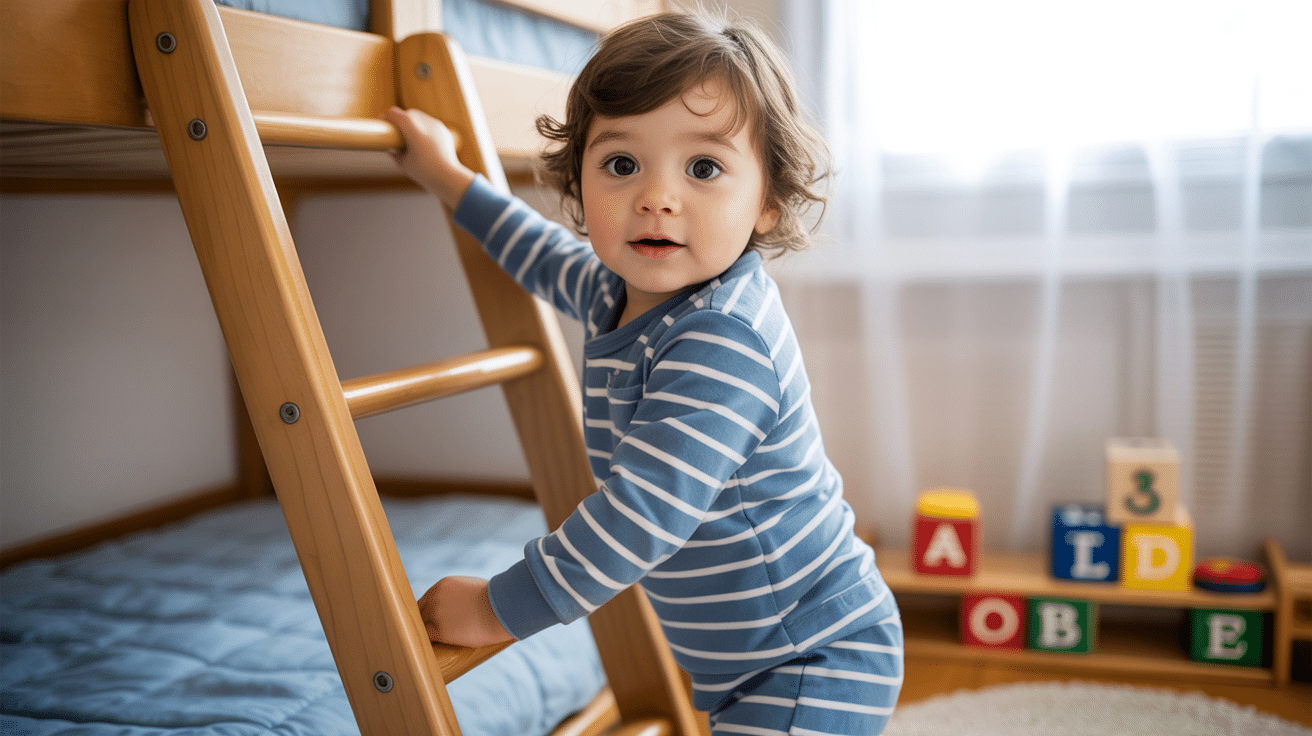
While most experts agree on 6+ as an appropriate age for bunk beds, each child grows differently. Look for these important signs of readiness before making the switch:
1. Your child sleeps without frequent waking or needing help: This matters because middle-of-the-night climbing on ladders increases fall risks when children are sleepy and less careful.
2. Your child listens to and follows safety rules consistently: Kids who understand and follow “no jumping” and “climb carefully” rules are less likely to get hurt while using bunk beds.
3. Your child moves with control and balance: Good motor skills help them climb ladders safely and move around the bed without falling, especially when half-asleep.
4. Your child manages nighttime bathroom trips alone: This reduces dangerous nighttime climbs and shows they can handle the responsibility of getting down safely when needed.
5. Your child asks for or seems excited about bunk beds: Interest indicates they’ll take ownership of the new sleeping arrangement rather than feeling forced into a scary change.
6. Your child shows caution around heights and understanding of danger: Kids who naturally slow down on stairs, hold railings, and show care around heights will approach bunk beds more safely.
The right time varies for each family, but these signs help you see if your child is genuinely ready. When most signs are present, you can feel more confident about introducing bunk beds to your home.
Top Safety Tips for Bunk Beds for Different Ages
While understanding what age is appropriate for bunk beds helps parents make good choices, these safety tips work for all ages:
- Install guardrails on all sides of the top bunk, not just the open side.
- Use the right mattress size that fits snugly without gaps along the sides.
- Keep the area around the ladder clear of toys, clothes, and other items.
- Place the bunk bed in a corner of the room for added wall support.
- Check all bolts and connections monthly to make sure nothing has loosened.
- Use a night light so kids can see the ladder clearly during nighttime bathroom trips.
- Teach kids always to use the ladder face-forward, never backward or sideways.
These simple steps create a safer sleep zone for your children. They can prevent common accidents and keep your kids safe. When paired with age-appropriate bunk assignments, you’ll have fewer worries about nighttime safety.
Bunk Beds vs. Regular Beds
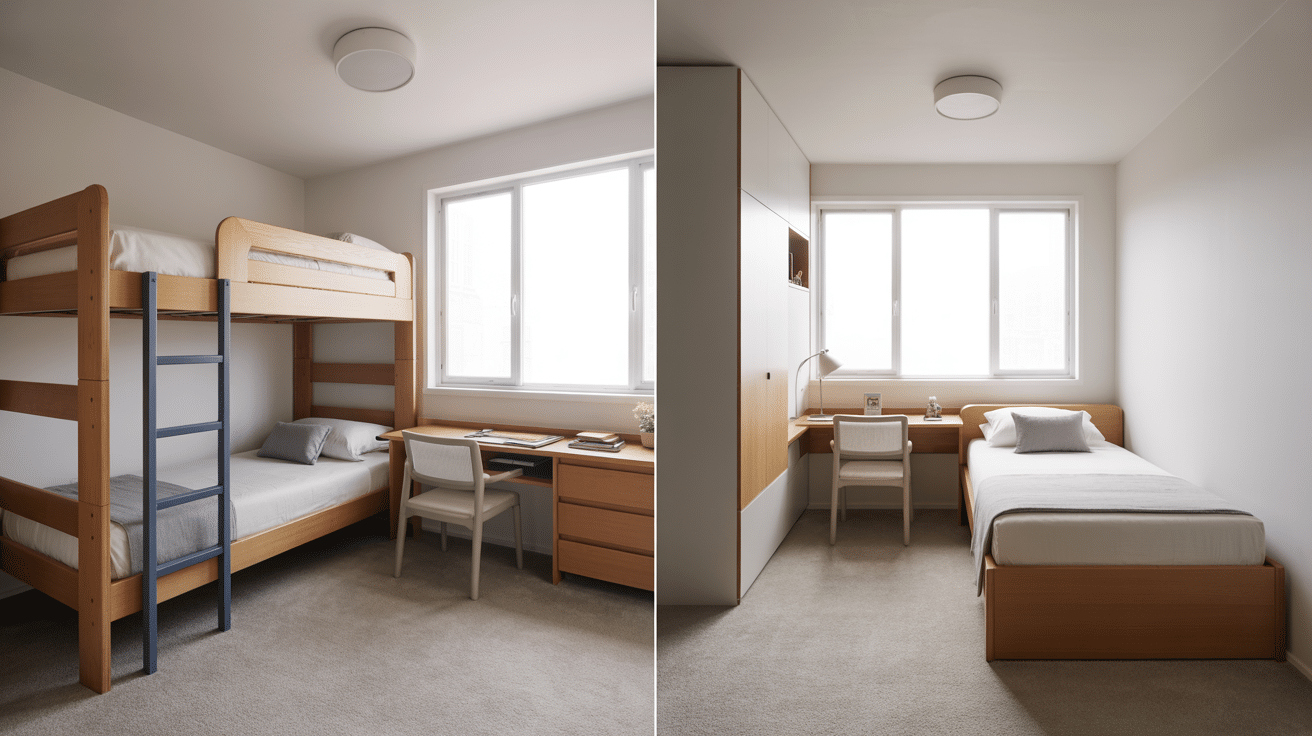
When deciding between bunk and regular beds, you need to think about space, safety, and your child’s age. Parents often ask what age is appropriate for bunk beds because this choice impacts sleep quality and safety.
| Feature | Bunk Beds | Regular Beds |
|---|---|---|
| Age Suitability | Top: 6+ years, Bottom: 3+ years | Any age after crib transition |
| Space Usage | Saves floor space | Requires more room |
| Safety Concerns | Higher risk of falls | Minimal fall risks |
| Child Independence | Requires more skills for the top bunk | Easier for all developmental stages |
| Cost | Usually more expensive | Often more affordable |
| Room Sharing | Perfect for siblings | Needs more floor space for multiple beds |
| Flexibility | Can often convert to twin beds later | Limited configuration options |
The right bed choice creates a safe sleep environment that grows with your child through different stages.
The Bottom Line
Choosing the right time for bunk beds impacts your child’s sleep safety and enjoyment. The question of what age is appropriate for bunk beds comes down to your child’s readiness signs, not just their birthday.
With proper guardrails, sturdy construction, and clear safety rules, bunk beds can be a fun addition to your home. The bottom bunk offers a good starting point for younger children while building confidence.
Have you helped your child transition to a bunk bed?
Share your tips and challenges in the comments below. Your experience might help another family make this big decision!


